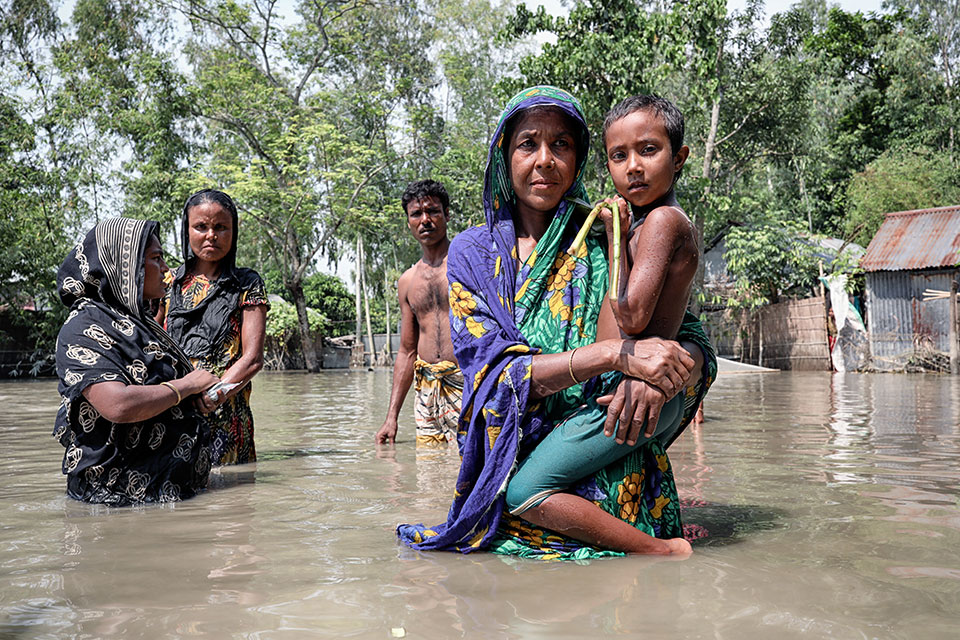Uncategorized
Climate Crisis: Exacerbating Gender Inequality and Vulnerability Worldwide
The climate crisis is not just an environmental issue but a profound amplifier of existing social injustices, particularly gender inequality. As the United Nations has found, extreme weather events disproportionately worsen the plight of women and girls, leading to an increase in intimate partner violence, early marriages, educational setbacks, and heightened risks of sexual exploitation and trafficking.
Selwin Hart, the UN Special Adviser to the Secretary-General on Climate Action and Just Transition, highlights the critical impact of the climate crisis on women, especially in poor and vulnerable countries. Despite this, global policies and strategies remain inadequate in addressing these gender-specific challenges.
A recent visual project by CNN, involving seven women photojournalists, sheds light on the multifaceted ways the climate crisis affects women and girls across the Global South. The project captures both their struggles and resilience in the face of climate-induced hardships.
In Nigeria, the education of girls is severely impacted by climate disasters. UNICEF reports that over 10 million children are out of school, with girls in the northeast and northwest being the most affected. The climate crisis exacerbates existing barriers to education, such as poverty and gender discrimination. However, initiatives like the Center for Girls’ Education in Zaria are making strides in keeping girls in school and educating them on coping with climate impacts.
The Amazon rainforest in Brazil, a critical carbon sink, faces threats from deforestation and the climate crisis. Women in the Amazon Basin are fighting back against the encroachment of large agricultural corporations, rallying together through the Babassu Coconut Breakers Movement to protect their livelihoods and promote sustainable farming practices.
In the Philippines, the increased frequency and intensity of typhoons, such as Typhoon Haiyan in 2013, have heightened the risk of human trafficking and sexual exploitation for women and girls. Organizations like the People’s Recovery Empowerment Development Assistance (PREDA) Foundation are working tirelessly to combat these issues and provide support for survivors.
Pakistan’s Sindh province, home to one of the hottest cities on Earth, Jacobabad, faces extreme heat waves that pose serious health risks to pregnant women. The White Ribbon Alliance, a maternal health nonprofit, emphasizes the need for better support and resources for women in these harsh climates.
Guatemala, highly vulnerable to climate change, sees its farming communities, especially in the Western Highlands, struggling with erratic rainfall and destructive weather patterns. This has led to increased migration, leaving women to bear the brunt of protecting their homes and finding alternative means of income.
In Bangladesh, one of the most vulnerable countries to climate change, the frequency of natural disasters is pushing families into poverty and increasing the risk of child marriage. Organizations like Save the Children are working to combat this issue and protect girls’ rights.
Finally, in Kenya, the transition from severe drought to flooding has led to acute food insecurity and displacement, exacerbating the risk of gender-based violence. Nonprofits like the Coalition on Violence Against Women are advocating for the rights of women and girls, providing services and resources to combat violence.
This comprehensive report underscores the urgent need to integrate gender considerations into climate policies and actions, recognizing the disproportionate impact of climate change on women and girls worldwide.













